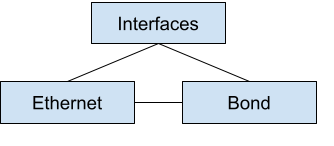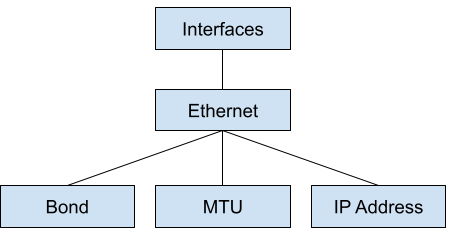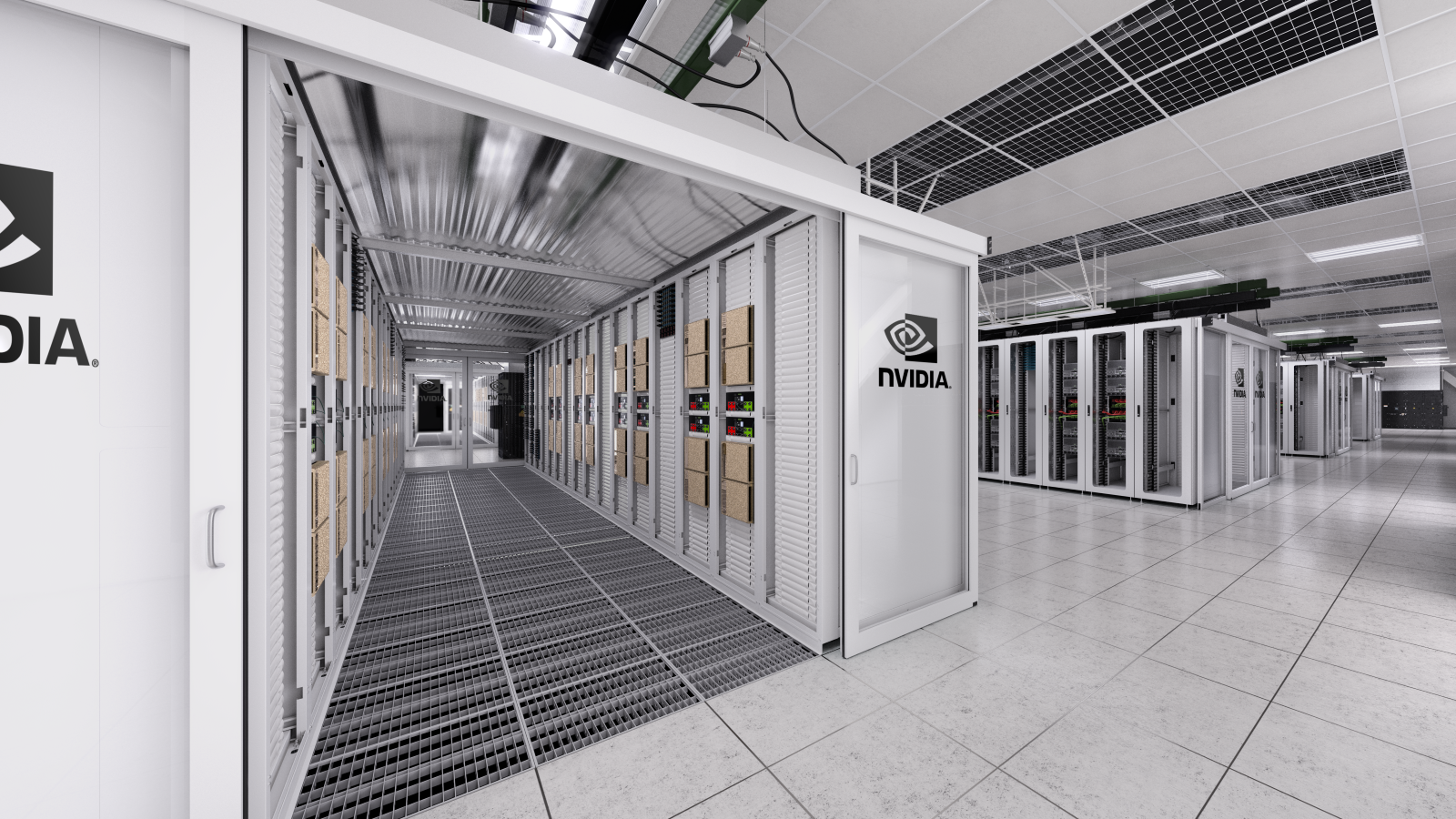Cumulus Linux 4.4 is the first release with the NVIDIA User Experience (NVUE), a brand new CLI for Cumulus Linux. Being excited about a new networking CLI sounds a bit like being excited about your new 56k modem. What makes NVUE special isn’t just that it’s a new CLI but it’s the principles it was built on that make it unique. At its core, NVUE has created a full object model of Cumulus Linux enabling advanced programmability, extensibility, and usability.
What is an object model?
Object models aren’t exactly the kind of thing network engineers think about daily. I didn’t know what an object model was before I got involved in helping the team design NVUE.
An object model defines the components of a system and their relationships to each other. For example, an interface is an object. It has components like an IP address or MTU setting. It’s not just the fact that an object model exists that is important, but the thought that is put into how those relationships between objects and components fit together.
An interface and IP address are an easy example, but what about something more complicated? Think about a “bond” interface, also called a port-channel. Is the bond a top-level interface like an Ethernet port with the components of other Ethernet interfaces as children or is being a member in a bond an element of the interface?


These relationships get complicated fast. Failing to think through them creates a poor user experience where you may have to define the same setting multiple times to achieve an end goal or an inconsistent configuration. An imaginary network CLI could have you define any route inside a VRF under a VRF object but any route in the global routing table at the top level, like the following example:
ip vrf red ip route 10.1.1.0/24 via 169.254.1.1 ! ip route 192.168.1.0/24 via 172.16.1.1
This is a trivial example, but now the way that a route is defined is not uniform, depending on where you are in the system.
What do you get with an object model?
With an understanding of what an object model is, the next question is, “Why should you care?” By having an object model, it makes building ways to interact with the system extremely easy. Systems talk to an API that represents the object model. The first interface is, of course, the CLI, but anything can now be an interface to the system: REST, gRPC, or even RFC1149 Avian Carriers.

By having all the interfaces use the same object model, it guarantees consistent results regardless of how you interface with the system. The CLI and REST API use the same methods to configure a BGP peer. There is never a chance of seeing different behaviors based on which interface you use. Because the object model is the same no matter how you interact with it, this means that going from playing with the CLI to building full automation is an evolution, not a completely new process.
REST and CLI are expected for any network device today. Where can we think beyond this? An object model can be directly imported into a programming language like Python or Java. This enables you to use true programming concepts to build configurations for one device or an entire fabric of devices. You can enforce inputs, values, and relationships like never before. The following code example shows what an NVUE Python interface might look like:
from nvue import Switch spine01 = Switch() x = 1 while x < len(spine01.interfaces): spine01.interfaces.x.state = "up" spine01.interfaces.x.ip.address = “10.1.” + x + “.1/24” spine01.apply()
In this example, I load the nvue library and create a new Switch object called spine01. I have the object tell me how many interfaces exist on the system with len(spine01.interfaces). For each interface, I put it in the up state and assign an IP address with the subnet value matching the interface number. For example, port 3 would have an IP address of 10.1.3.1/24.
This doesn’t exist yet, but it is absolutely in the realm of possibility because an object model exists. Unlike all other networking vendor systems, where the model is determined by the CLI, this CLI is based on the model. The object model is a standalone element that can be imported into programming languages, APIs, or any other system.
Try it out
One of the most valuable pieces of Cumulus Linux is the ability to try all our features and functions virtually. You can use NVIDIA Air to start using NVUE today and see what you think of the future of network CLIs and programmability.










